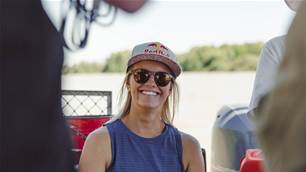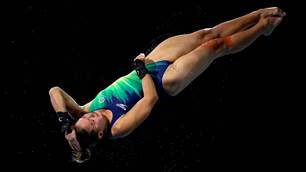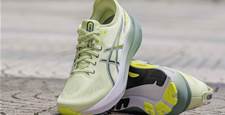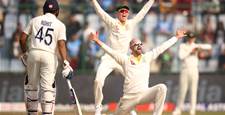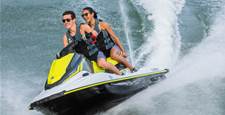Diving in Palau is like … Imagine seeing … It’s better than … It’s like nothing else you’ll see in your life.
Diving in Palau is like … Imagine seeing … It’s better than … It’s like nothing else you’ll see in your life.
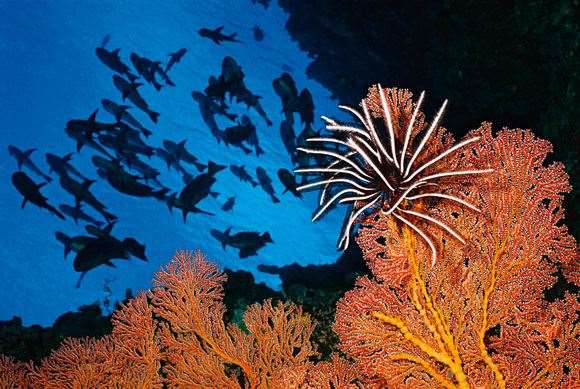 Surviving Palau is as easy as losing yourself in paradise
Surviving Palau is as easy as losing yourself in paradise
It’s difficult to describe diving in Palau. After all, everyone’s seen those National Geographic documentaries, where the walls of coral look like something from the drawing board of Gaudi and the fish resemble something from the palette of Dali; where the sun drenches everything in a golden haze and the lapping waves create hexagons of light and David Attenborough’s voice-over is so hypnotically modulated you feel yourself sliding into a transcendent daze ... So how exactly do I say the reefs of Palau are like that – but better?
I’ll give you an example. I’m hovering at a vast, buttressed cliff of coral called the Big Drop Off. I’m following a pack of purple fish, listening to their tiny jaws emitting a hum of static as they gobble at the coral, trying to avoid the filaments of turd they trail when they move to the next feeding spot. Suddenly, something below catches my eye. I bend forward and focus on it. It’s a huge fish hovering miraculously at my feet. It’s long and broad, with a crude snub-nosed face and a clean, tapering body. It’s coloured a coruscating yellow and bears two tapering black lines that run from its face down the length of its fuselage. And it’s hovering there, magically, quivering and waving in the current. I stare at it – no exaggeration – for perhaps 15 seconds before I realise that the words “Aqua Lung” are lettered in jaunty capitals right where the fish’s gills should be. For 15 seconds I’ve been staring at the flipper strapped to my left foot. Such is the disorientating wonder of the Palauan reefs.
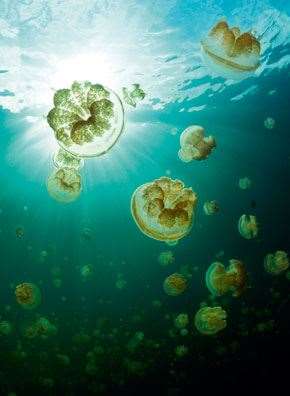 JellyFish Images: Pacific Flyer
JellyFish Images: Pacific FlyerFor those of you who don’t watch Survivor, Palau is a speck of a nation sitting in the westernmost corner of Micronesia, 800km east of the Philippines, 3200km south of Tokyo. In the past, reaching this place required 30-plus hours in a plane, island-hopping a dizzying network of South Pacific airports. Now the new PacificFlier airline runs a direct route from Brisbane. A day-and-a-half of travel has shrunk to six hours. The door is open.
Geographically, Palau concists of two basalt islands that promptly give way to a tight sprinkling of ragged limestone flecks that stretch to the south. To get a sense of these limestone islands it’s best to take a helicopter, to look down on them, each island as high as it is wide and impossibly jungled; tiny mountains jutting from the sea, carrying an impenetrable burst of vines and palms and creepers and great, spreading trees that tumble over one another, layer upon layer. The ocean works at these islands, nibbling away at the limestone, undercutting it, until great shards cleave away, leaving towering cliffs of bare, grey limestone amidst the splattered icing of jungle. Around these islands you can see the light patches of reef dropping abruptly into dark swathes of deepwater. And, if you’re lucky, you might just see a lone, grey dugong grinding through the water like an arthritic pensioner.
Back at water level, Jonathan – my dive instructor, a tiny Palauan with the unnerving ability to turn hypothermic when the temperature drops below 35 degrees – tells me there’s two reasons for the quality of these reefs. The first is that, on the islands of Babeldaob and Koror, the circling forests of mangroves haven’t been dredged and reclaimed and turned into beachfront resorts. As such, when it rains and the muddy water washes down from the ridges, it’s filtered by the mangroves. Mud is death to coral, Jonathan solemnly informs me. It clogs its pores and the animal slowly starves to death. The second reason is the currents that rush down either side of the islands. To the east of Palau is the Pacific, to the west the Philippine Sea, and both are rich in zooxanthellae, golden-brown protozoa that feeds the coral. “Zooxanthellae is life to corals,” he tells me. I ask him how to spell zooxanthellae. “Ah ... c ... o ... ” He shakes his head. “No idea.”

